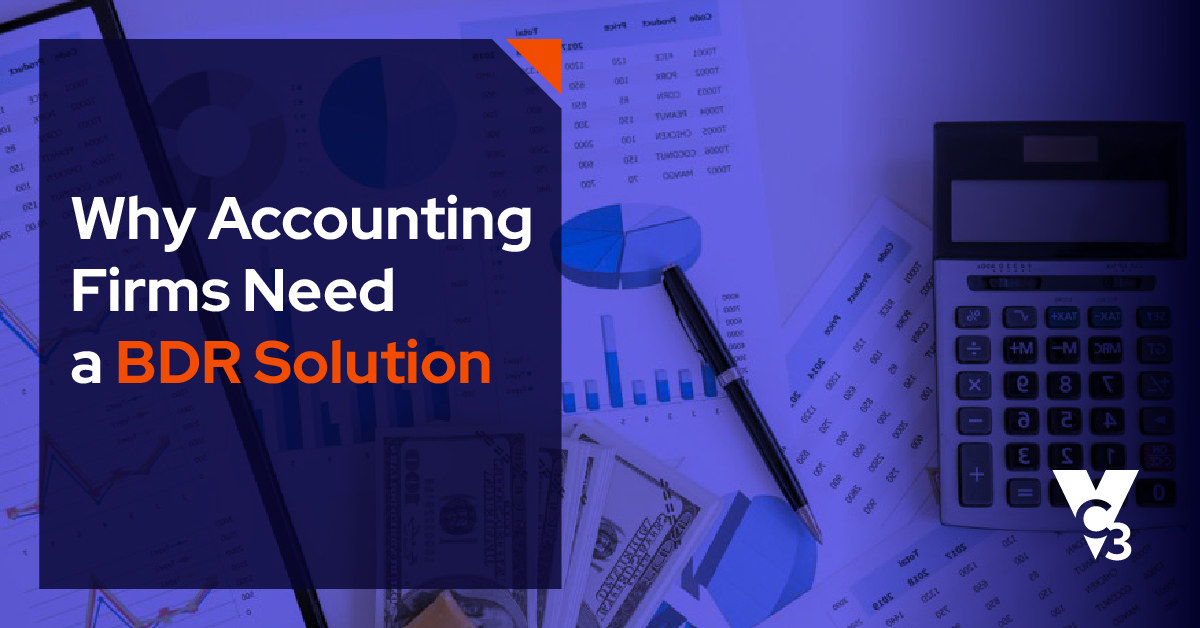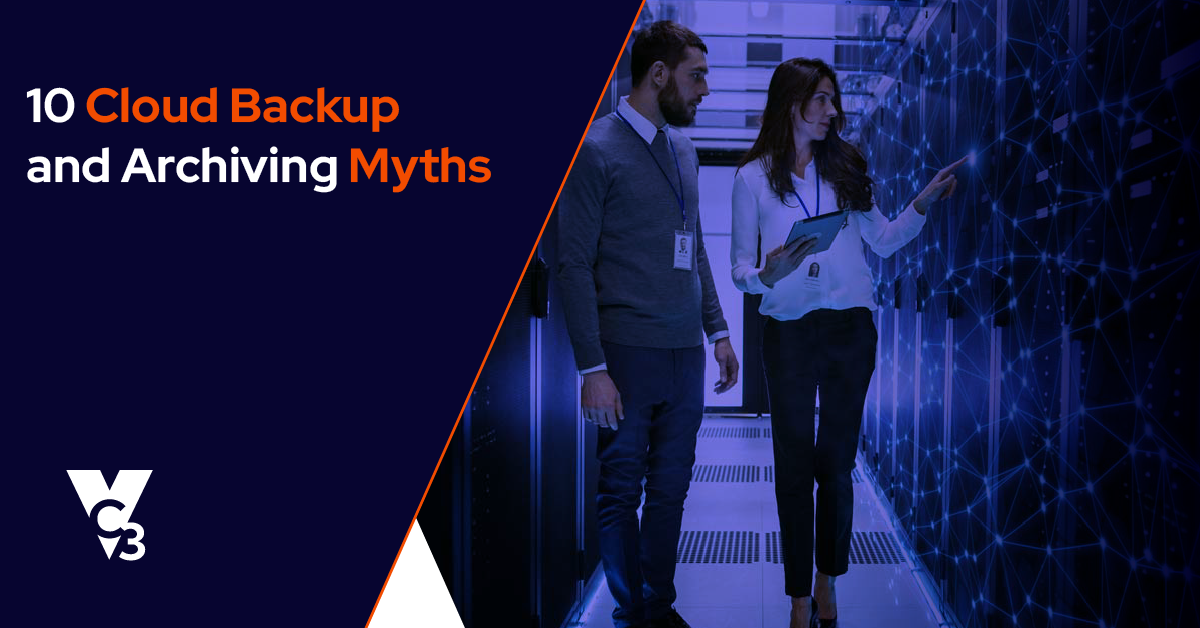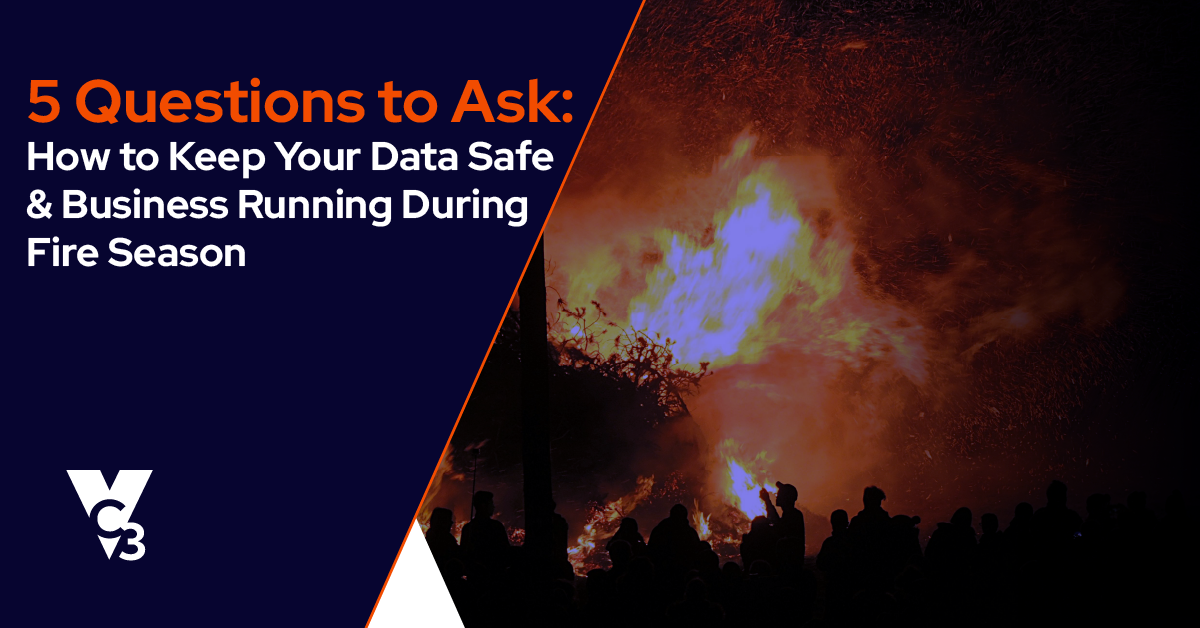It’s 2:05 am…
The phone rings. That is one of the worst things you could hear as a business owner. Your office is on fire, the whole building is going up. There’s not going to be much left. They keep talking, but you don’t register anything else they’re saying. There’s only the knot in your stomach as you start asking yourself, “Okay, what do we do now?”
Do you know what your answer would be?
The Joni Mitchell song “don't it always seem to go, that you don't know what you've got 'till it's gone” is not the approach to take here.
If you don’t know, now is the time to start figuring it out. Regardless of industry, an integral part of running a successful business comes down to managing risk.
To ensure you have the information and systems you need to keep your business running, you need a business continuity plan that properly covers your business. Then, if you ever do find yourself asking, "Okay, what do we do now?” it will be a call to action, not panic.
Redundancy versus Backup and Recovery
In the world of IT, business continuity means two things: redundancy, and backup and recovery. The difference between the two is subtle but important, especially when we apply it to IT.
Backups and recovery are your fallback position -- insurance against a worst-case scenario. In the old days, your backup would be copies of important documents stored in a bank safety deposit box or fire-safe.
Backups are key to your ability to recover after a disaster happens. Recovery is the actual process of restoring your information -- making new copies from originals, rebuilding photo albums from new prints, and replacing whatever was lost.
Redundancy, on the other hand, is your ability to avoid the disaster before it happens and keep doing business.
Using a wood-burning fireplace as well as a gas furnace gives your home heating redundancy. Your home stays heated without interruption, even if one of the two systems breaks down.
However, a backup generator is indeed a backup. If you lose your electrical service, a backup generator has to be hooked up and switched on. Even if it is automatic and doesn’t take long, it exists to replace something that has been lost. Having solar panels, on the other hand, would be a redundant system.
So how does this look in the IT world?
Backup Basics: The 3-2-1 Rule
When it comes to backups, everyone should start with the 3-2-1 rule: at least three copies stored in two different ways, with at least one copy stored offsite. This applies as much to your personal digital music and photo collections as it does your company information.
Why “at least three copies”? You never want only one copy, and when something happens to one of your three copies, and it will, you want at least two more. That way, you always have a backup, even when you are working to restore a damaged or lost copy. The more critical the information, the more copies you may want to consider keeping.
“Store it two ways” is another way of saying, “don’t keep all your eggs in one basket.” Having three, ten, or even 50 copies of a document won’t help you if they are all stored on the same laptop. What if the hard drive fails or your laptop gets stolen? Storage options include the hard drive on your computer, an external hard drive or memory stick, a folder on your corporate network, burning it to a CD-ROM or DVD, and numerous cloud-based options.
“One copy offsite” protects you from a worst-case scenario such as a fire, flood, or similar disaster. If the ‘two ways’ rule keeps your eggs in more than one basket, the ‘one offsite’ rule makes sure they’re not sitting side by side if catastrophe strikes. Cloud-based backup services provide an easy option, but a good old-fashioned ‘sneaker-net’ – walking a backup hard drive between work and home or a safety deposit box – still works.
The real issue is downtime: how long can you work without your information and systems?
The 3-2-1 rule is only intended to make sure your data isn’t lost. But backing up is only the first part. Recovery is the second.
Imagine your corporate server suffers a critical failure. Fortunately, you followed the 3-2-1 rule, so you know you’ve got a backup of all the data that was on that machine. But do you know what needs to happen in order to get it back?
Replacing a server can sometimes take weeks. Depending on the amount of data you have and the speed of your internet connection, the restoration time required might be measured in days, not hours.
This is where redundancy comes into play. If your business can only afford a few hours without a critical system, your business continuity plan needs to include something more than just backup and recovery.
For a small company, the solution might be as simple as including a clone of their hard drives -- basically an exact duplicate of their computer contents that they can immediately start using while their original hard drive is repaired or replaced.
A larger enterprise often needs more complexity in the systems, but fortunately, there are even more options for providing redundancy. Enterprise-grade computer hardware includes features that allow you to repair critical components without even turning off the machine. Cloud-based services mean entire systems can be run off-site.
The business continuity plan for your company needs to account for the full range of possible risks and what you’re willing to do to manage those risks.
So what do I need for my business?
As a starting point, every business should follow the 3-2-1 rule of backups. Period.
From there, determining what you need for recovery and redundancy needs to start with your company’s goals and the strategies and business processes that flow from the very top. What are your mission-critical systems? What downtime can your business afford? What systems for backup and redundancy do you need to keep your business running?
Whether you’re reviewing an existing plan, or getting one in place for the first time, make sure you are getting solid guidance that takes into account your needs at the highest levels first. The fanciest, most sophisticated egg basket in the world won’t work for you if it’s designed for chickens and your business deals in ostriches or hummingbirds.





